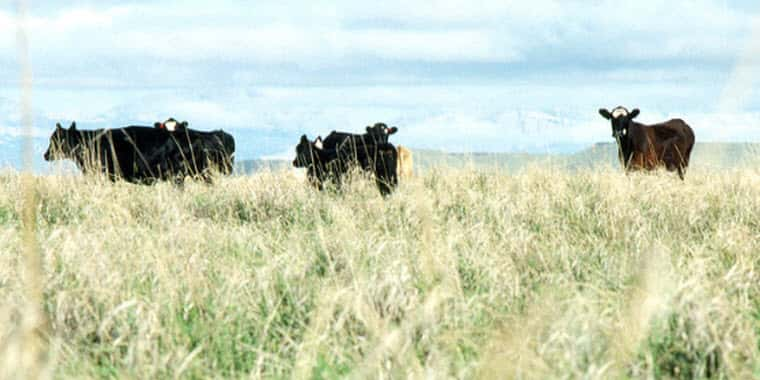On December 17, 2024, the U.S. Departments of Health and Human Services (HHS) and Agriculture (USDA) published parallel Final Rules in the Federal Register which set forth changes to the select agent and toxin list, including the removal of five agents from the list. These changes will take effect on January 16, 2025.
USDA and HHS are removing three biological agents from the list of Overlap Select Agents and Toxins – Brucella abortus, Brucella melitensis, and Brucella suis
USDA is removing one biological agent from the list of Veterinary Services Select Agents and Toxins – African horse sickness virus
USDA is removing one biological agent from the list of Plant Protection and Quarantine Select Agents and Toxins – Peronosclerospora philippinensis (also known as Peronosclerospora sacchari)
In 2017, government regulations stopped Brucellosis Research in Montana and Colorado. According to State Veterinarians in Montana and North Dakota, the reason for the stop is due to the fact that researchers are not able to study vaccine responses to natural infections in cattle, elk, or bison, and brucellosis pathogenesis studies, except, only in a biosafety level 3 facility run by the USDA.
These regulations limit the type of research that can take place to develop more effective treatments. By removing these five agents, research and the ability to control these diseases will improve. Research is still essential due to Montana’s wildlife population surrounding domestic livestock.
Invented in 1996, vaccine strain RB51 is the only option available to producers today. To an industry that is successful largely due to consistent technological advancements, being forced to use a 24-year-old vaccine is a bit frustrating, pointed out Dr. Eric Liska, Brucellosis Program Veterinarian for the state of Montana.
###
USDA


